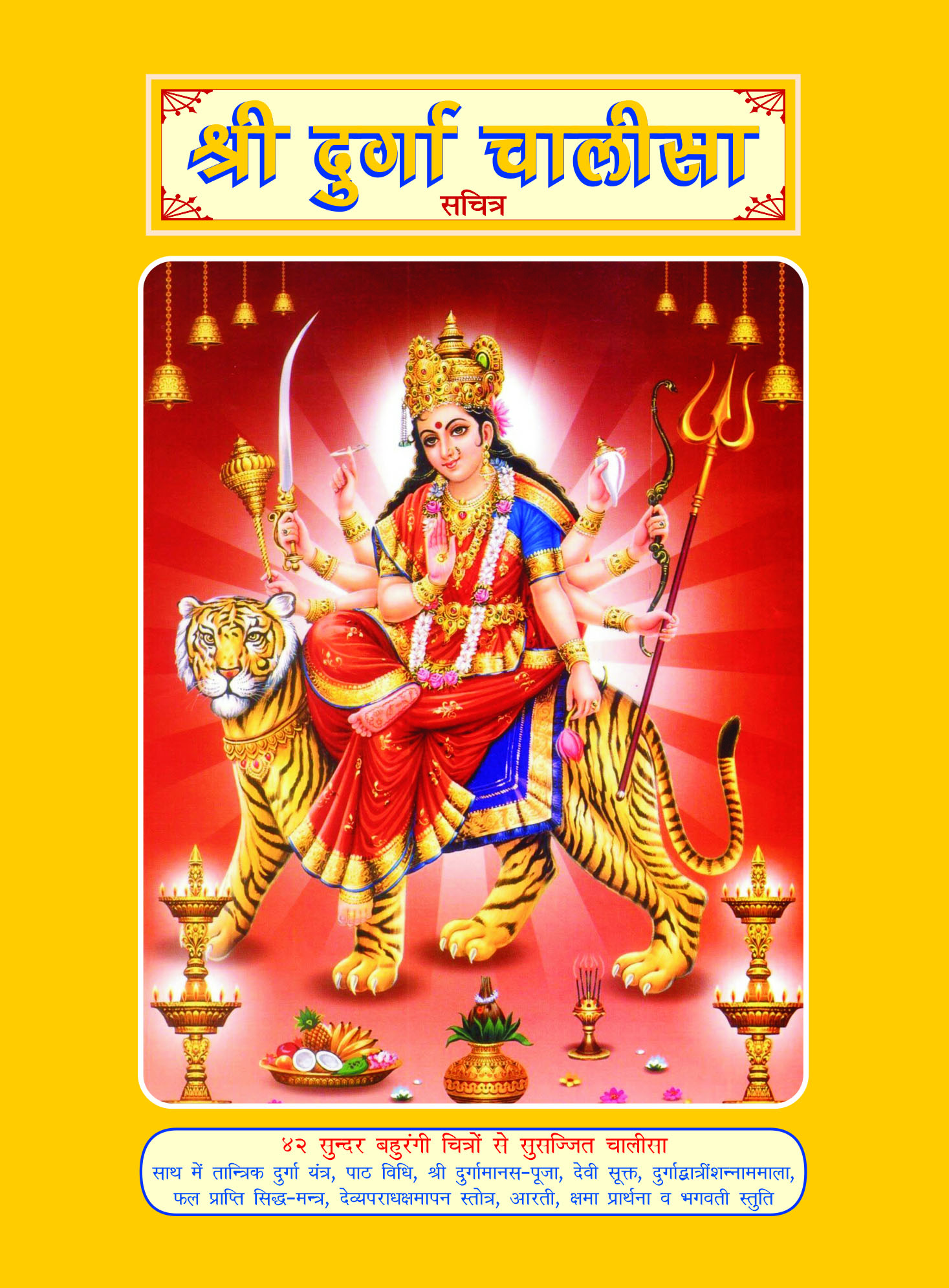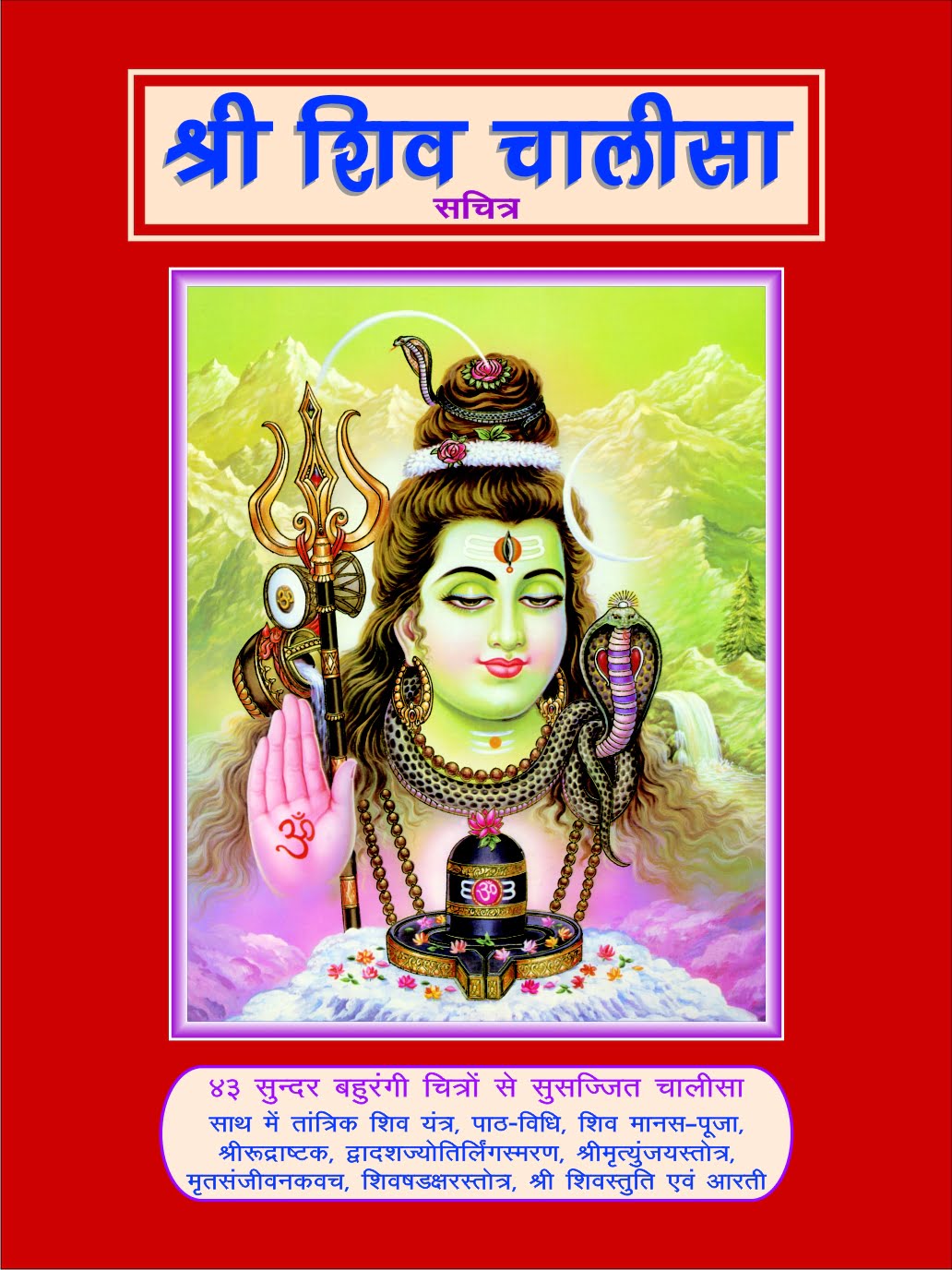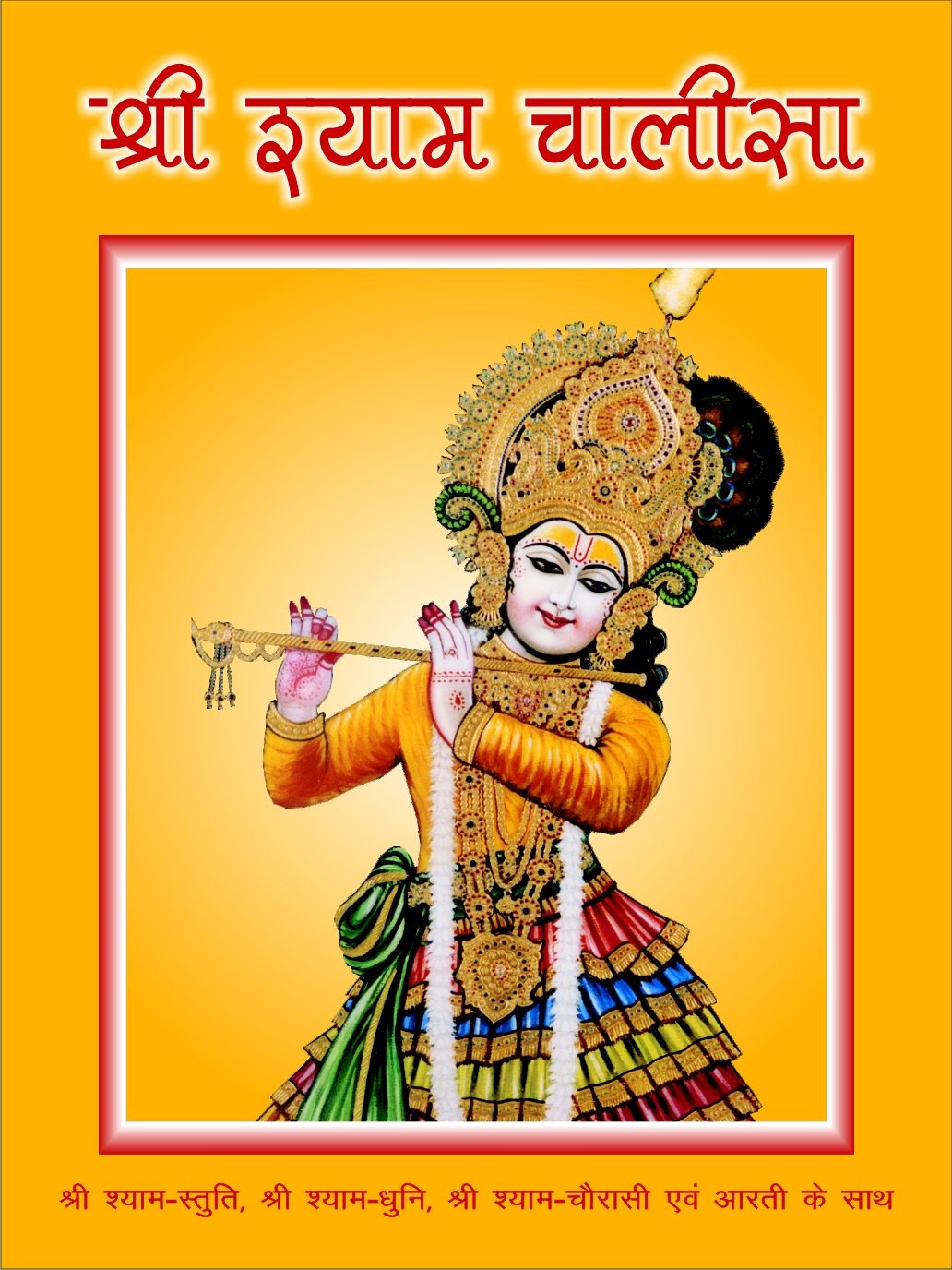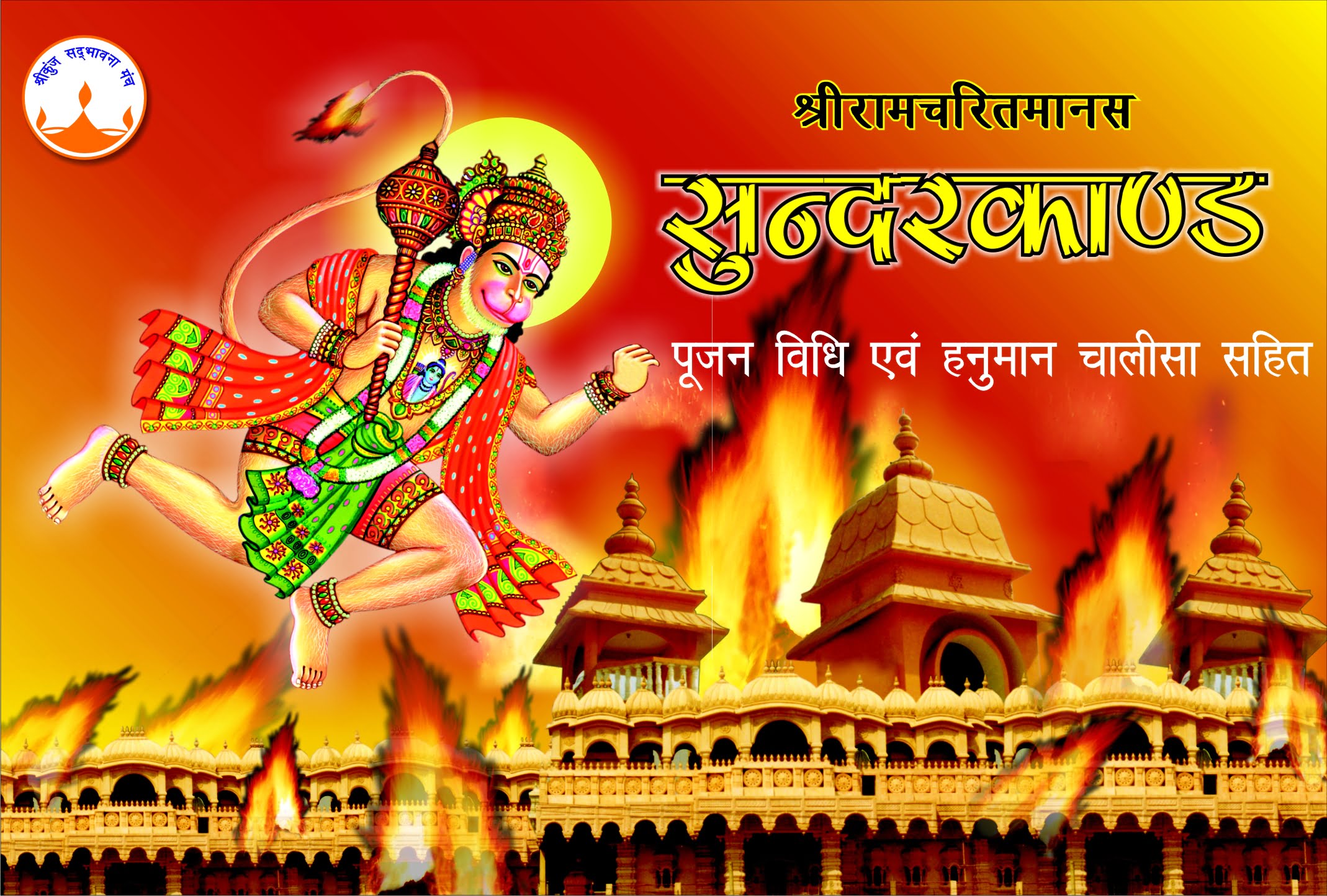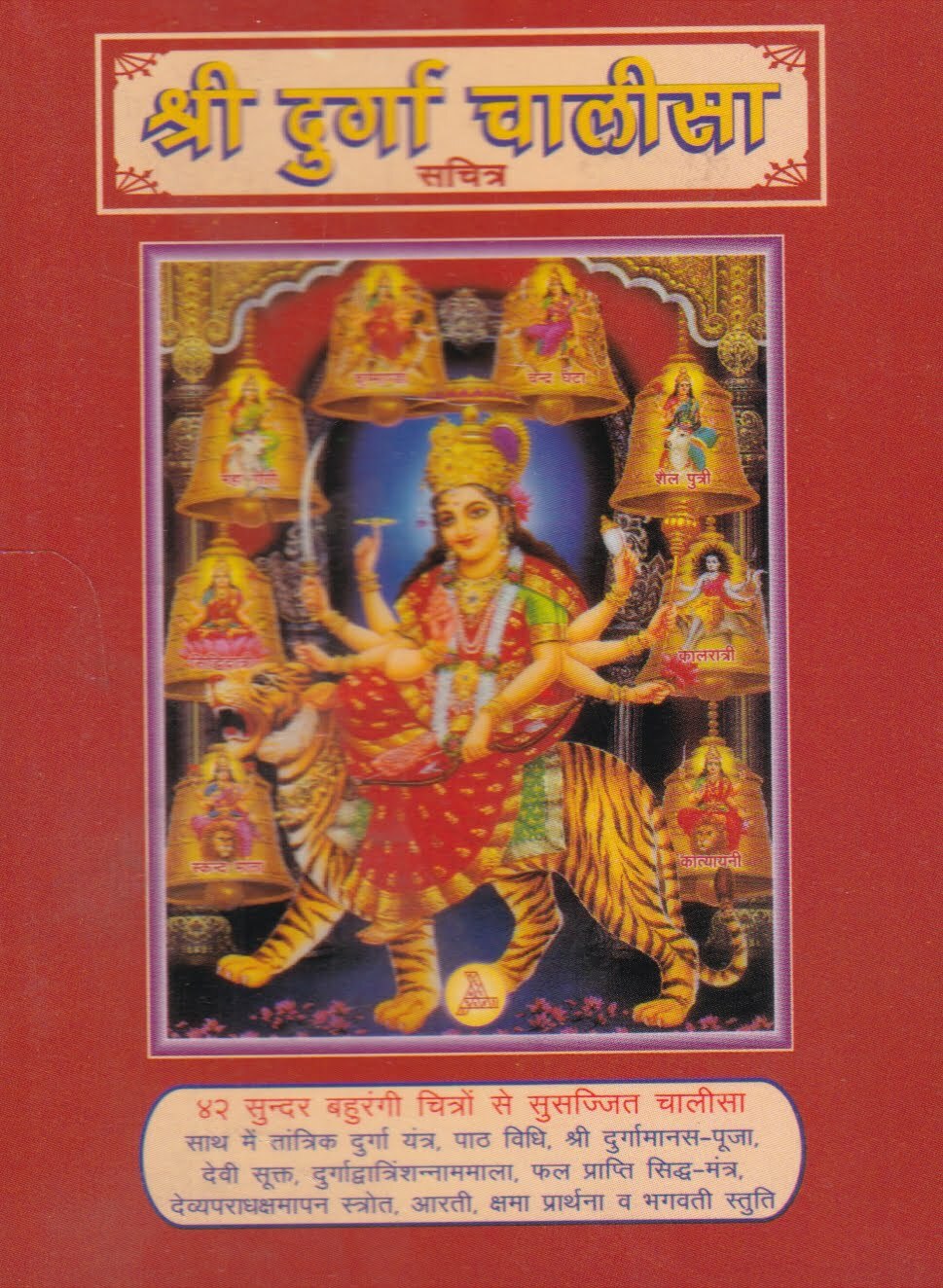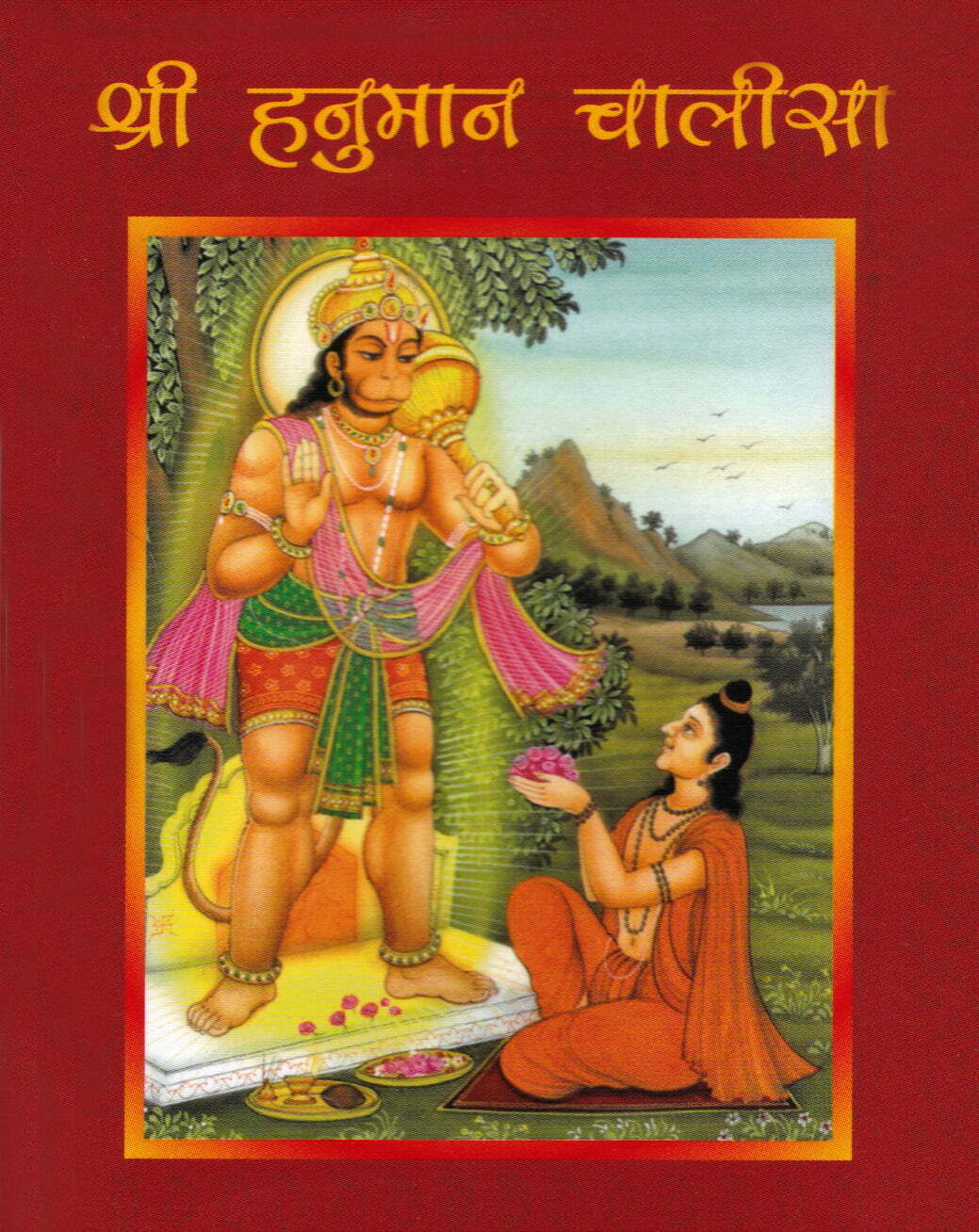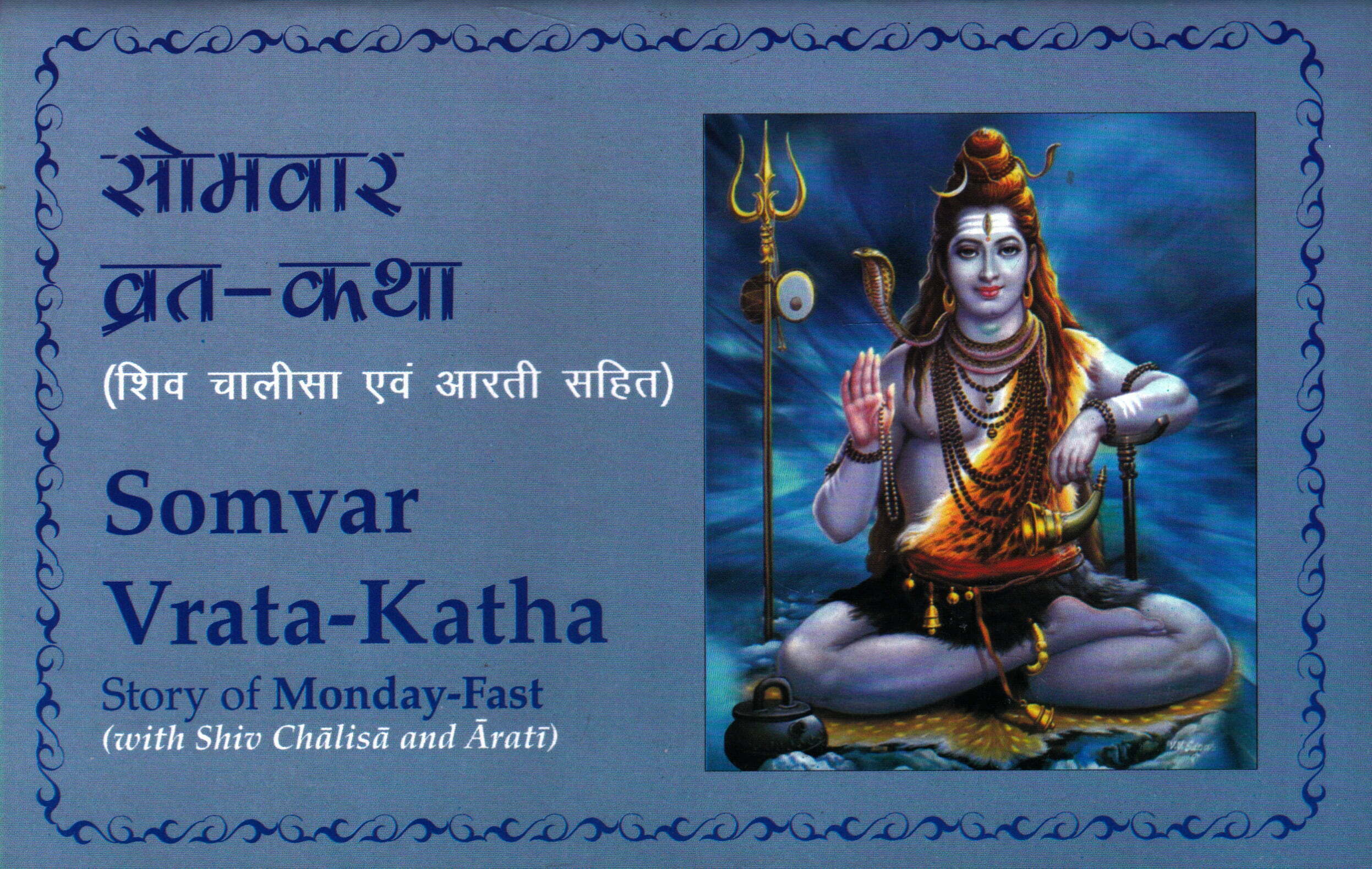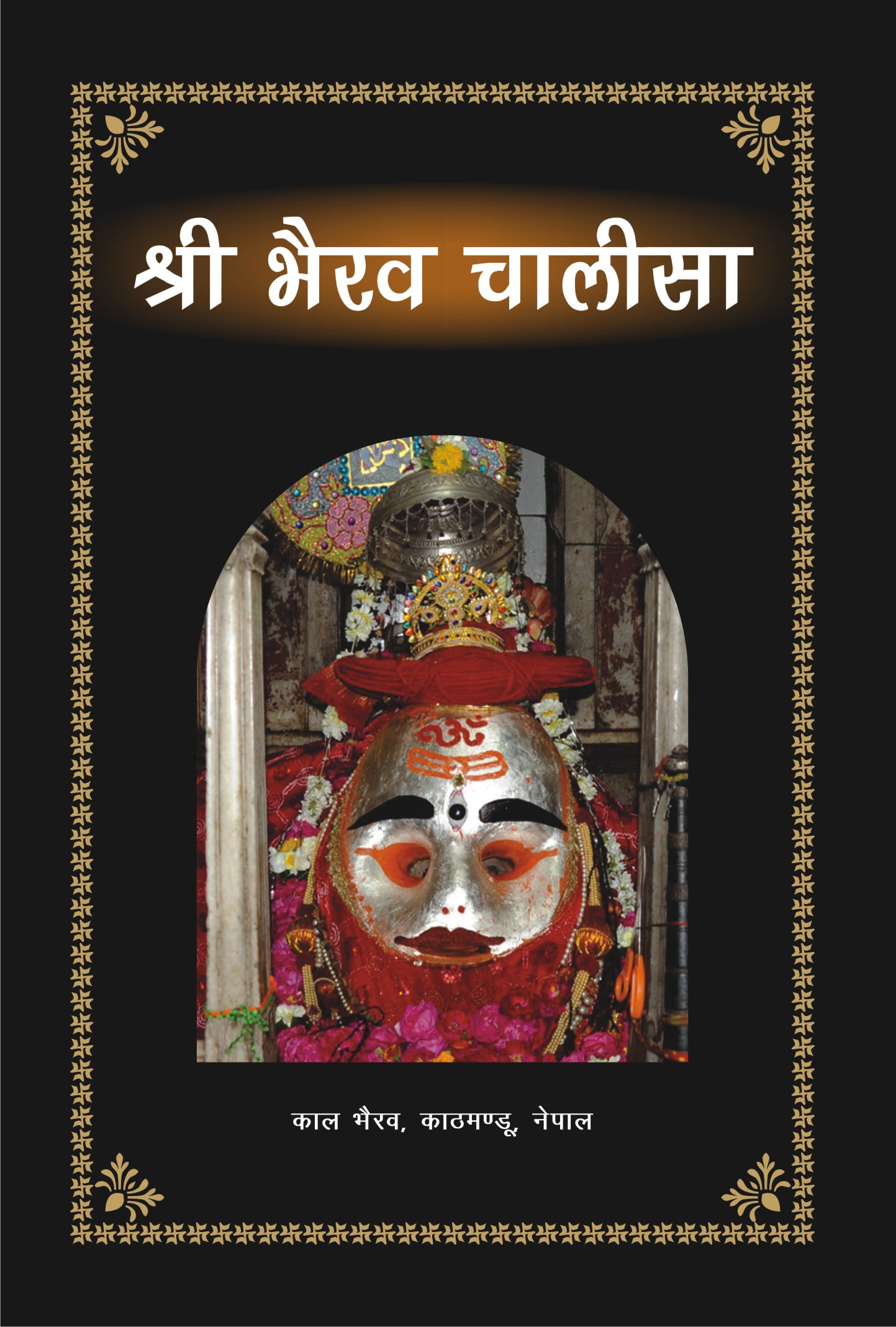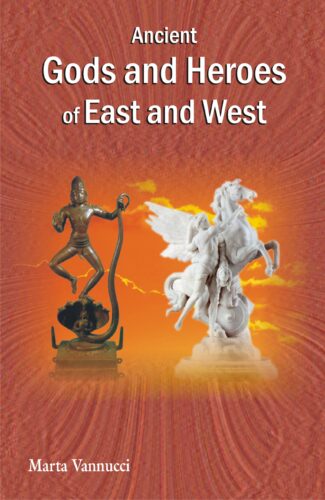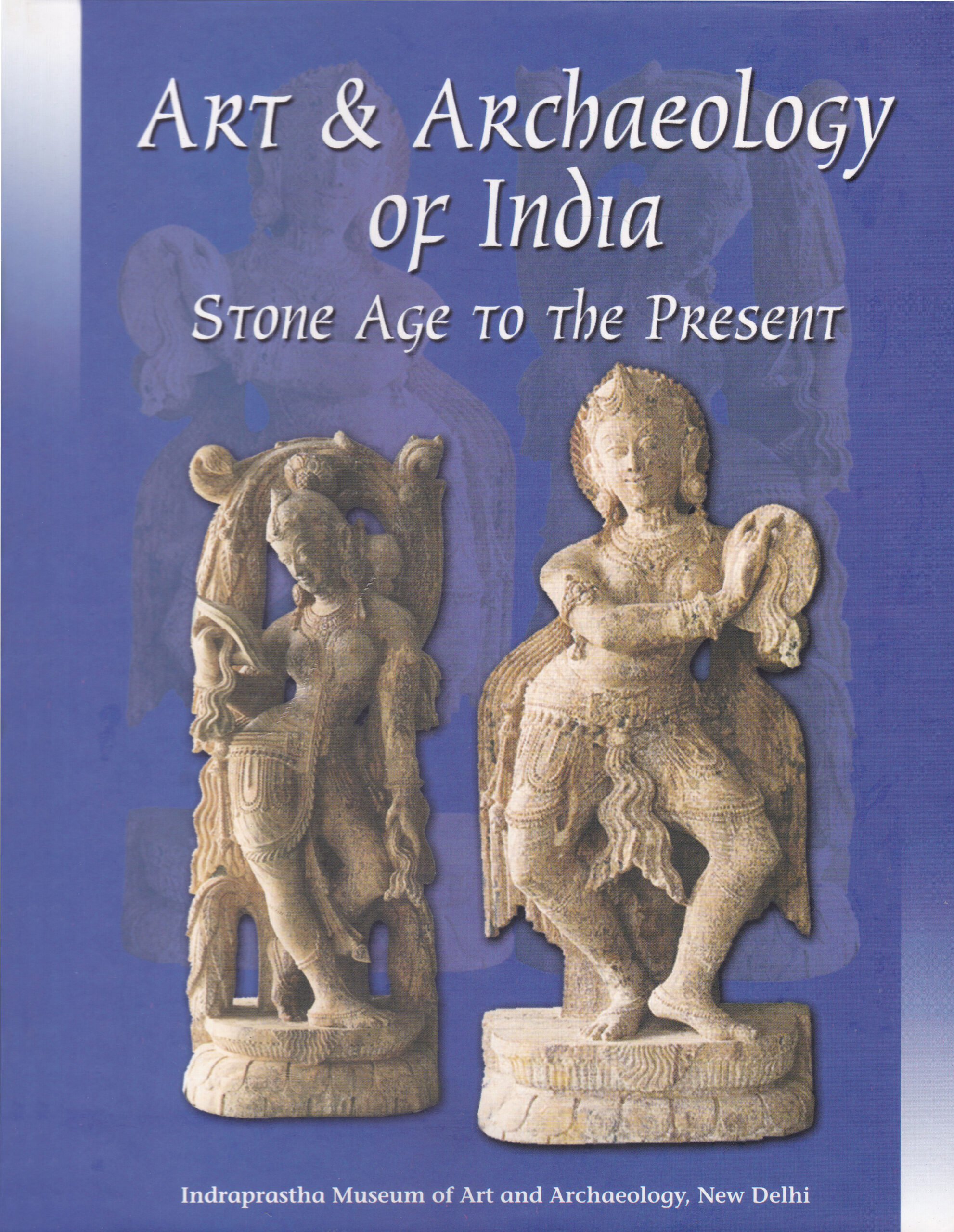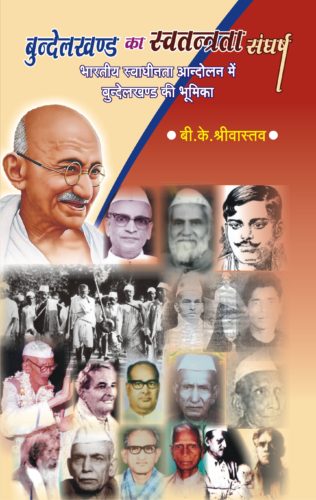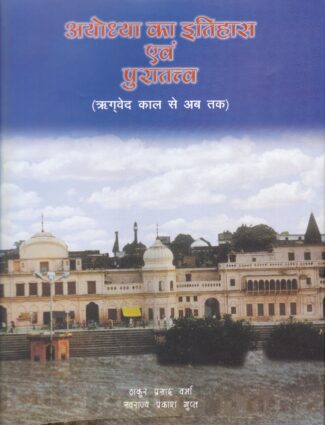

Shriram Janmabhoomi,...
Shriram Janmabhoomi, Ayodhya, U.P., ke sandarbh mein bahudha puche jane wale prashno dwara sach janiye
by: UnknownHow many of us know about the persons involved in pulling down the controversial structure the Babari Masjid in Ayodhaya? What is the importance of Ram janmabhoomi? Was the Babari structure built on the portions of Ram Mandir? All this and much more in a QuestionAnswer form, based on ground realities, presented in this book.
₹140.00 Original price was: ₹140.00.₹126.00Current price is: ₹126.00.
ISBN: 9788124602218
Year Of Publication: 2002
Edition: 1st
Pages : x, 146
Language : English
Binding : Paperback
Publisher: D.K. Printworld Pvt. Ltd.
Size: 22 cm.
Weight: 200
How many of us know about the persons involved in pulling down the controversial structure the Babari Masjid in Ayodhaya? What is the importance of Ram janmabhoomi? Was the Babari structure built on the portions of Ram Mandir? All this and much more in a QuestionAnswer form, based on ground realities, presented in this book.
- Sale!Ancient Gods and Heroes of East and West by: Marta Vannucci
₹900.00Original price was: ₹900.00.₹810.00Current price is: ₹810.00.This book is a study of the people of nomadic groups or clans of Central Asia from about 6000 bce to the last millennium bce to explore why cultures and history developed the way they did in Central Asia by taking up the Indo-European and other settlements notably, the Greeks, the ancient Iranians and Indo-aryans of the Indian subcontinent for in-depth study. It deals with the quest for knowledge which led to evolution of cultures from simple primitive life to a society complex in structure, from philosophy to religion. The study of gods and heroes examines stories relating to migration and settlements and the geography of ancient civilizations. It is in this setting that their unique philosophies and religious beliefs flourished, giving rise to belief in numerous gods and heroes. It discusses the myths and legends of the ancient cultures, highlighting names, deeds and events relating to honoured gods and much-praised heroes. Dr Marta Vannucci significantly concludes that both Indo-aryan and Indo-Iranian people had been able to maintain their traditional customs and habits backed by technical developments up to the last centuries bce. Throughout, she bases her observations on reliable information provided by archaeology substantiated by oral and written traditions of Central Asia, Greece and Rome. The volume will be invaluable to scholars of history, anthropology and archaeology who are keen to systematically unravel the obscure origins of the great human civilizational march.
- Sale!Chandragupta Maurya by: P.L Bhargava
₹400.00Original price was: ₹400.00.₹360.00Current price is: ₹360.00.A Ksatriya hero of little-known antecedents, Chandragupta Maurya was unmistakably a born leader of men, who within twentyfour years of his reign: 317 bc-293 bc, established a gigantic empire by not only unifying the countless fragments of a distracted India, but annexing some of the erstwhile Persian dominions as well. Professor Bhargava here profiles this first historical emperor of India, in all essential detail. Based on diverse original sources, notably, Brahmanical, Buddhist, Jaina, and Greek, the book sets out a fascinating, well-knit narrative delineating Chandragupta Maurya: the man, his times, and his meteoric rise to political supremacy with contextual focus on the state of polity, administrative mechanisms, religion, society, economy, literature and arts during his rule. The author also tries to apply correctives to the myths woven around Chandragupta in legend, literature, and chronicles. Acclaimed alike by historians and Indological journals of repute, Dr. Bhargavas book is now in its second edition: enlarged and thoroughly revised against the backdrop of the latest research findings.
- Sale!Art & Archaeology of India by: B.S. Hari Shankar
₹700.00Original price was: ₹700.00.₹630.00Current price is: ₹630.00.The book begins with an introduction on the prehistoric and proto-historic cultures of India. Well-known historians discuss human evolution as gathered from hominid fossil remains, pre-human hominid remains of the Siwaliks and fossil remains of the Narmada basin. The systematic study, mentioning the areas of finds and their geography and other characteristics, examines the nature of cultural relics belonging to each period and dynastic rule; agriculture, trade, settlement and migration patterns related to making, use and spread of art materials; how the finds reflect upon rise of craft and industrial centers at the time; and social and religious aspects of society that are revealed by the art and architecture of the periods. Importantly, it reveals the interchange of cultural thoughts and lifestyles and of art and architectural influences; and the synthesis of artistic style and materials as evident in especially the periods of Muslim rule in India. The book also features fossil finds, art and architectural materials pertaining to painting, pottery, sculpture and iconography, and literary materials like Persian documents housed in the Indraprastha Museum of Art and Archaeology, New Delhi. The materials date from the stone ages, Indus-Saraswati Civilization and Chalcolithic period to what are commonly identified as the ancient medieval and modern periods of Indian history. The volume will be useful to scholars and students of various disciplines history, archeology, art and culture, and sociology.
- Sale!Bundelkhand ka Svatantrata Sangarsha by: Brajesh Kumar Shrivastava
₹680.00Original price was: ₹680.00.₹612.00Current price is: ₹612.00.प्रस्तुत पुस्तक के द्वारा भारत के स्वतंत्रता संघर्ष में बुन्देलखण्ड की जनता के योगदान को सामने लाने का प्रयास किसा गया है। गांधीजी की बुन्देलखण्ड यात्रा एवं ओरछा के समीप सतार नदी के किनारे चन्द्रशेखर आजाद के हरिशंकर ब्रह्मचारी के नाम से कुटिया बनाकर रहने से समस्त बुन्देलखण्ड में तेजी से राष्ट्रवादी भावनाओं का प्रसार हुआ। 1923 के झण्डा सत्याग्रह एवं 1930 के जंगल सत्याग्रह में बुन्देलखण्ड के लोगों ने बढ़-चढ़कर भाग लिया। ब्रिटिश भक्त देशी रियासत के राजाओं ने जब जनता पर अत्याचार किया तो जनता ने प्रजामण्डल की स्थापना कर उनका विरोध किया। इसी विरोध के फलस्वरूप संक्रांति के मेले के दिन 14 जनवरी 1931 को छतरपुर जिले में जलियाॅवाला बाग की तरह ही चरण-पादुका हत्याकाण्ड घटित हुआ। पं. माखनलाल चतुर्वेदी ने कर्मवीर समाचार पत्र के माध्यम से 1920 में रतौना में खोले जाने वाले कसाई खाने का इतना प्रखर विरोध किया कि सरकार को घबराकर अपनी कसाईखाना खोलने की योजना त्यागनी पड़ी। यह एक ओर बुन्देलखण्ड की धरती पर अंग्रेजों की करारी शिकस्त थी, तो दूसरी ओर पं. माखनलाल चतुर्वेदी की पत्रकारिता की महत्वपूर्ण जीत थी।
सागर के भाई अब्दुलगनी, ज्वाला प्रसाद ज्योतिषी, केशवराव खाण्डेकर एवं मास्टर बलदेव प्रसाद, दमोह के भैयालाल चैधरी, अजयगढ़ पन्ना के चंदीदीन चैरहा, छतरपुर के पं. रामसहाय तिवारी, टीकमगढ़ के लालाराम वाजपेयी एवं झांसी के भगवानदास माहौर आदि ने बुन्देलखण्ड के स्वतंत्रता संघर्ष को गति, दिशा एवं अर्थ प्रदान किया। इन्हें पं. द्वारका प्रसाद मिश्र एवं पं. सुन्दरलाल तपस्वी का कुशल नेतृत्व एवं मार्गदर्शन मिला। गोवा मुक्ति आन्दोलन में भी सागर की सहोद्राराय एवं केसरी चन्द मेहता सहित अनेक सत्याग्रहियों ने गोवा जाकर आन्दोलन को सफल बनाया। उक्त सभी घटनाक्रम की रोचक, सहज, सरल, सुबोध एवं तथ्यपरक जानकारी इस पुस्तक में दी गई है। छात्रों, शोधार्थियों, शिक्षक बन्धुओं सहित प्रत्येक वर्ग के लोगों को यह पुस्तक ज्ञानवर्धक एवं रुचिकर लगेगी। - Sale!Ayodhya ka itihasa evam puratattva Rgveda kala se aba taka by: Thakur Prasad Verma, S.P. Gupta,
₹1,100.00Original price was: ₹1,100.00.₹990.00Current price is: ₹990.00.T.P. Verma and S.P. Gupta, after several years toil, have here presented the history of Ayodhaya in a chronological form from Rgveda times till today which has been proved with the evidences from archaeology, coinages, scriptures, etc.


